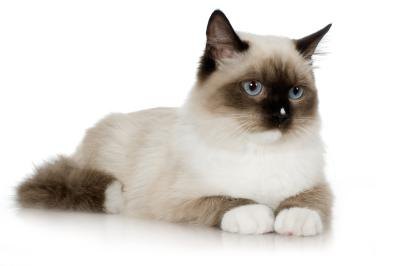 |
| Cat having operation |
As mentioned before, about once a year
Gili Eco Trust (GET) and
Jakarta Animal Aid Network (JAAN) organize a big animal clinic event here at Gili Trawangan. Clinics are for horses and cats, and are free. The locals are even paid if they bring cats to the clinic: 10 000 rupiah per cat, just to encourage them to take part of the good work being done.
There are also cows and chickens and goats, the other "domestic" animals we have here, but the problems seem to be mainly with cats and horses.
 |
| Cidomo, the taxi of the island |
We don't have any motorbikes or cars on the island. The main way to transport tourists, as well as everything else that arrives to the islands, are horse carts. The horses look well enough, in general, but there are problems too. The main road that goes around the island is now mostly paved so horses need good shoes. Some horses don't get fresh water to drink, they work long days in this hot climate, and sometimes they are made to carry extremely heavy loads. And I am not talking about heavy tourists now, the taxi horses (called "cidomos") seem to have a fairly easy job, although sometimes there are way too many people travelling with one cidomo. But take a look at the working horses, that are taking for example building materials from the harbour, and way too often you can see the horse suffering under the heavy load. The job needs to be done, and nothing else matters, it seems.
And the cats! They mainly have an easy life, no-one is making them to work for food, but the breeding is out of control. Even I - the crazy cat lady - realize there are way too many cats for an island this small. And yes, kittens are the cutest thing on earth, but you kind of start feeling sorry for the feline females, who have no life outside being pregnant and raising babies. And the males cannot think about anything except having sex (hmm... not a feline thing, I know...) and they fight over females and are restless, pee everywhere and make a lot of noise.
So, the animal clinic once a year is a great thing! For one week volunteer vets sterilize (or neuter, spay, whatever the right term is for the operation where cats are made unable to breed, in Finland where I come from we just call it sterilizing) cats and put new shoes to horses and take care of whatever other issues there may be.
This year the clinic was for 6 days in the beginning of June. We had two vets: one from JAAN and one volunteer vet, specialized in horses, from Australia. Horse clinics were mainly during the mornings and cats were treated during the afternoon.
I volunteered at the cat clinics, naturally. Cats I know, about horses: I have no experience with horses, and I'm a bit scared of them, they are so huuuuge, even if they are small.
I spent my days helping the vets at the operating room by preparing the cats for the operation. Other volunteers were catching cats and looking after the cats after the operation, when they were waking up.
Cat clinics were for 5 days and some 40-50 cats were sterilized, and maybe ten more cats that were sick and were not possible to operate, got other treatments, for skin infections, diarrea, whatever there was.
 |
| A horse with no balls |
I also went to see what's going on with the horses. Manicures were given, as well as new shoes. That was fairly easy looking activity. But when one day I went to see some horses being neutered (meaning: off with the balls!), I must have been like the classic deer in a headlights. Never seen that before, and I can tell you, it required quite a different procedures, and tools, compared to taking balls off from cats! However, Al Simson, the australian vet, he was a real life horse whisperer, and his actions with the huge, huge stallions were totally impressive.
So, it was great to have the clinics here again. But I do wish more cats were operated! A year ago, about 90 cats were sterilized, so twice as much as this year. It's not because there are no more cats, but this year the cats were treated only during the afternoons and only for five days. And as we saw, afternoons are not the best time to go catch cats: it's the hottest time of the day, all cats are somewhere in the shades sleeping! Also, we only had 2 vets, of course they were not able to be in two places at the same time. It would be best to have to teams: one for the horses and one for the cats, so both group could work all day, starting in the morning.
But as this is mainly volunteer and charity work, we are doing the best we can with the resources we got.
Good news is, there may be another clinic coming to the island already this year. People from JAAN have told me there are preliminary plans for October. There's a lot to organize before the clinics can happen, but let's hope everything gets sorted out.
If you'd like to show support to the Gili horses too, please go and like the
Gili Carriage Horse Support -page on Facebook. There's lot of information and pictures, that sometimes show you a different side of the paradise.
 |
| After the operation |
 |
| Another pair of horse balls going off! |
 |
| Dental care |
 |
| Manicure and new shoes |




































